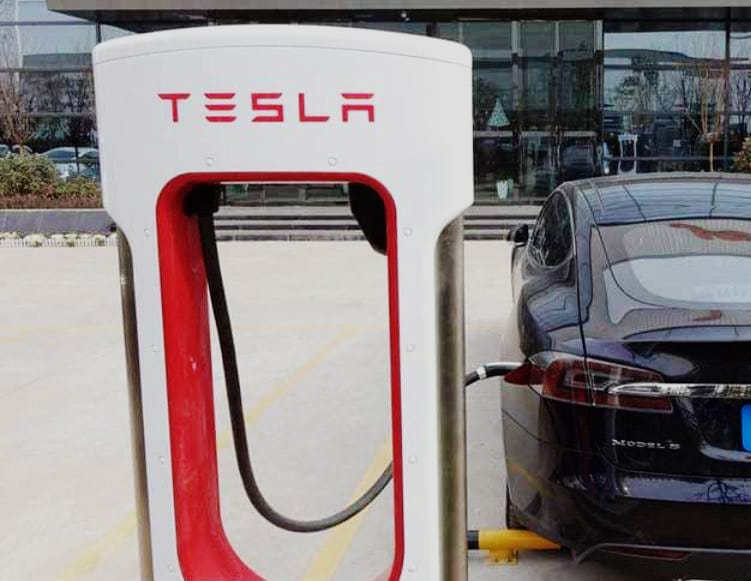
Introduction
Understanding Tesla Charging Options in 2024
The question of how long does it take to charge a Tesla, even though Tesla’s technology has much improved by 2024, is still has to be answered. The revolution in transportation is happening all across the world. Electric vehicles (EVs) have gained a lot of attention as climate concerns grow and the need for sustainable solutions becomes more pressing. Tesla, a pioneer that has completely changed the definition of modern mobility, is at the forefront of this change. With its innovative designs, state-of-the-art technology, and unparalleled performance, Tesla has captivated people all over the world.
Nevertheless, despite all of its advancements, one feature of owning an EV still causes conflict: charging times. Many Tesla owners are well aware that charging an EV takes patience and careful planning, unlike a short stop at the petrol station. The response is both positive and a gentle reminder of the road ahead.
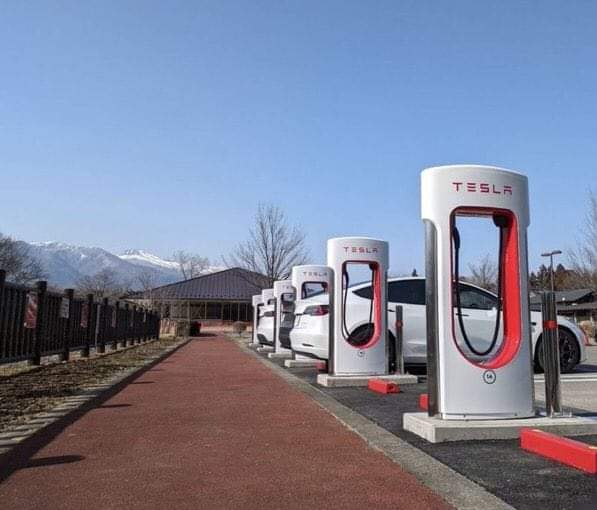
In terms of charging a Tesla, adaptability is essential. In 2024, Tesla owners can choose from three primary charging options, each catering to different lifestyles and needs.
Home Charging
For most Tesla owners, home charging is the go-to solution. Plugging in your vehicle overnight offers unparalleled convenience. Using a Level 2 charger, which can be installed at home, a Tesla can achieve a full charge in 8 to 12 hours, depending on the model. While not the fastest option, this method aligns perfectly with a driver’s routine, ensuring a fully charged vehicle every morning.
Superchargers
When it comes to EV adoption, Tesla’s Supercharger network is revolutionary. These fast-charging stations are strategically located across highways, urban centers, and popular destinations, offering speeds that can recharge up to 80% of a battery in as little as 20–30 minutes. Superchargers are ideal for road trips or quick top-ups, but their availability and cost can vary depending on location.
Destination Chargers
Often found at hotels, malls, and other public spaces, destination chargers offer a middle ground. While slower than Superchargers, they provide a convenient option for charging while you shop, dine, or rest.
Factors Affecting Tesla Charging Time

Charging times aren’t one-size-fits-all. A variety of factors influence how long it takes to power up your Tesla:
Battery Size and Range
A Model 3 with a smaller battery charges faster than a Model X with its larger capacity. Tesla’s impressive ranges, which often exceed 300 miles per charge, come with proportional charging times.Charging Infrastructure
The type and power output of a charging station significantly impact speed. Superchargers can deliver up to 250 kW, whereas most home chargers max out at 7–11 kW.Environmental Conditions
Cold weather can slow down charging rates, while a fully depleted battery takes longer to charge than one with residual power.
How Long Does It Take to Charge a Tesla
Tesla has made remarkable strides in reducing charging times. With the latest V3 Superchargers, drivers can add up to 200 miles of range in 15 minutes. While this is a significant improvement over earlier models, home charging remains the slower—but practical—option. Depending on your charger type and battery size, fully charging a Tesla at home can take anywhere from 6 to 12 hours.
Positive and Negative Aspects of Tesla Charging
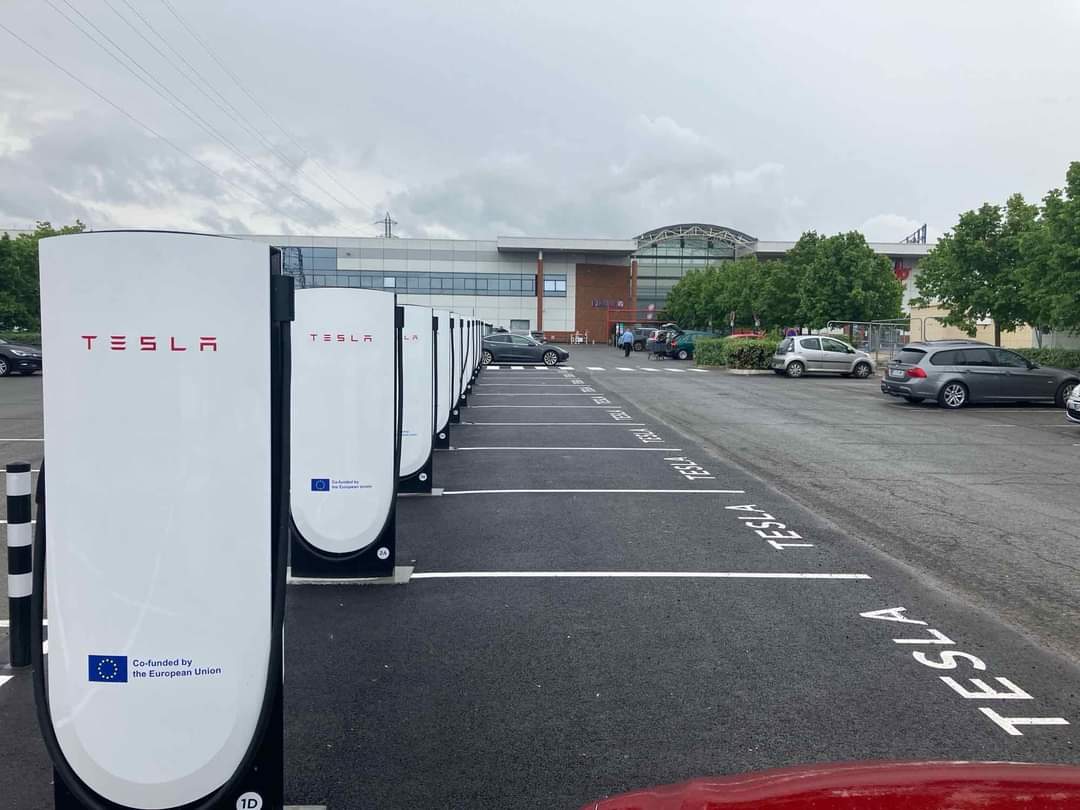
Despite the occasional inconvenience, Tesla’s charging ecosystem offers undeniable advantages. The extensive Supercharger network ensures that most journeys are feasible, even across vast distances. Additionally, Tesla’s commitment to innovation means that charging times continue to shrink with each technological leap.
From an environmental perspective, charging at home using renewable energy sources like solar panels drastically reduces your carbon footprint. And let’s not forget the cost savings: electricity is cheaper than gasoline, especially in regions with government incentives for EV owners.
However, not all is rosy in the world of Tesla charging. The time it takes to charge, especially compared to the few minutes needed to refuel a traditional car, can feel like a step back in convenience. While Tesla’s Superchargers address this to an extent, they aren’t always accessible in rural or remote areas, where charging infrastructure lags.
Planning becomes essential for long road trips, as you’ll need to consider the location and availability of charging stations. Additionally, peak hours can lead to crowded Superchargers, resulting in longer wait times.
Tesla Charging in Real-Life Scenarios
For urban Tesla drivers, charging is often a seamless experience. Access to home chargers and nearby Superchargers makes daily commuting effortless. However, suburban and rural drivers may face challenges due to fewer charging options. Road trips, while exciting, demand meticulous planning to avoid range anxiety—a concern many Tesla owners are familiar with.
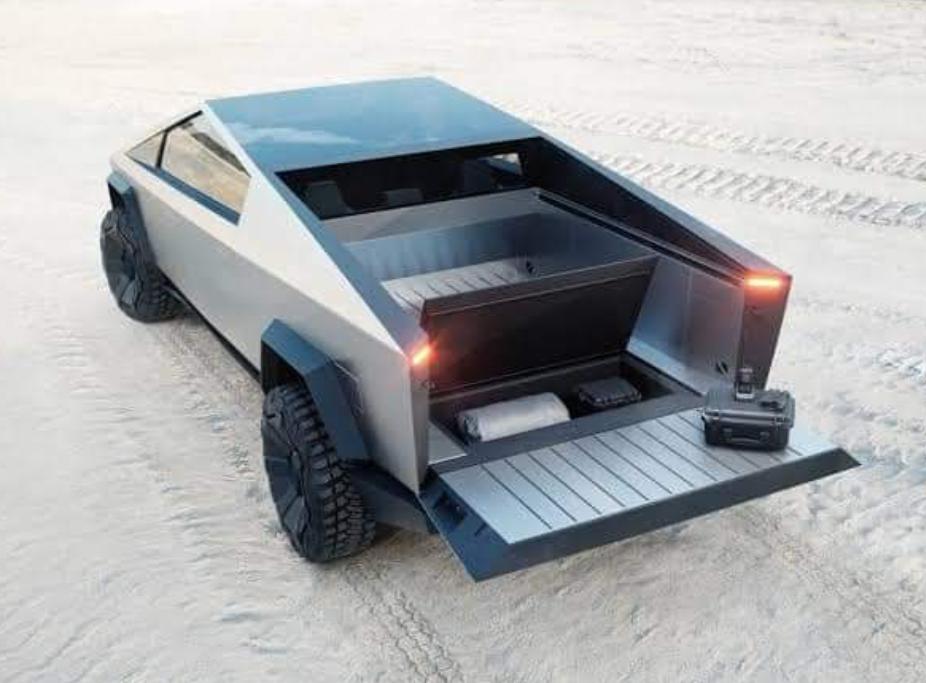
Future Outlook: Faster Charging or Different Solutions?
Looking ahead, Tesla and the broader EV industry are working tirelessly to address charging concerns. Solid-state batteries, which promise faster charging and greater range, are on the horizon. Additionally, Tesla’s continued investment in renewable energy and grid integration could revolutionize how we charge our vehicles.
Emerging solutions like wireless charging pads and solar-powered chargers hint at a future where charging is as effortless as parking your car.
Conclusion: Embracing the Transition
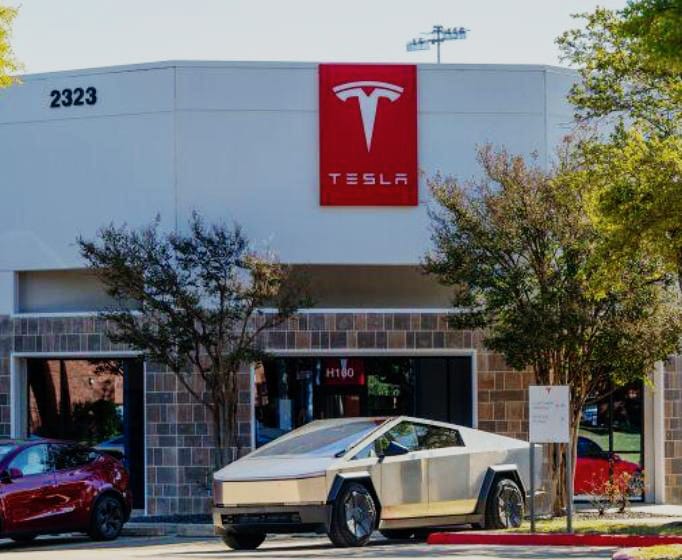
Charging a Tesla in 2024 represents both the progress and the challenges of the EV revolution. While waiting times can test our patience, they also symbolize the strides humanity is making toward a sustainable future. The journey isn’t perfect, but every charge brings us closer to a cleaner, greener planet. After all, embracing change often requires a blend of optimism, adaptability, and a touch of patience.
